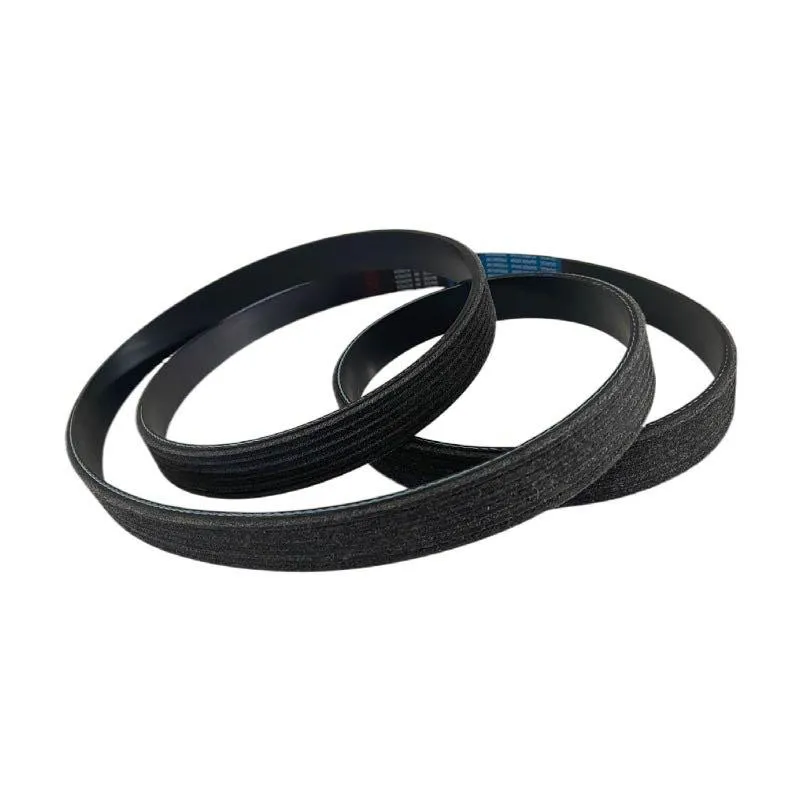- Arabic
- French
- Russian
- Spanish
- Portuguese
- Turkish
- Armenian
- English
- Albanian
- Amharic
- Azerbaijani
- Basque
- Belarusian
- Bengali
- Bosnian
- Bulgarian
- Catalan
- Cebuano
- Corsican
- Croatian
- Czech
- Danish
- Dutch
- Afrikaans
- Esperanto
- Estonian
- Finnish
- Frisian
- Galician
- Georgian
- German
- Greek
- Gujarati
- Haitian Creole
- hausa
- hawaiian
- Hebrew
- Hindi
- Miao
- Hungarian
- Icelandic
- igbo
- Indonesian
- irish
- Italian
- Japanese
- Javanese
- Kannada
- kazakh
- Khmer
- Rwandese
- Korean
- Kurdish
- Kyrgyz
- Lao
- Latin
- Latvian
- Lithuanian
- Luxembourgish
- Macedonian
- Malgashi
- Malay
- Malayalam
- Maltese
- Maori
- Marathi
- Mongolian
- Myanmar
- Nepali
- Norwegian
- Norwegian
- Occitan
- Pashto
- Persian
- Polish
- Punjabi
- Romanian
- Samoan
- Scottish Gaelic
- Serbian
- Sesotho
- Shona
- Sindhi
- Sinhala
- Slovak
- Slovenian
- Somali
- Sundanese
- Swahili
- Swedish
- Tagalog
- Tajik
- Tamil
- Tatar
- Telugu
- Thai
- Turkmen
- Ukrainian
- Urdu
- Uighur
- Uzbek
- Vietnamese
- Welsh
- Bantu
- Yiddish
- Yoruba
- Zulu
9月 . 24, 2024 19:21 Back to list
Understanding XL Timing Belt Specifications and Applications
Understanding XL Timing Belts Essential Components for Mechanical Systems
In the realm of mechanical engineering, timing belts play a pivotal role in ensuring the smooth operation of various machines and automotive engines. Among the different types of timing belts, the XL timing belt stands out due to its specific design characteristics and applications. This article delves into the features, benefits, and uses of XL timing belts to highlight their importance in modern machinery.
What is an XL Timing Belt?
The XL in XL timing belt refers to a specific pitch size, typically 5/16 inch or 8 mm, which is ideal for applications that require precision and reliability. XL timing belts are made from high-quality rubber compounds, often reinforced with nylon or fiberglass, to enhance their flexibility and durability. The teeth of the XL timing belt are designed to mesh seamlessly with corresponding pulleys, ensuring a synchronized motion vital for various mechanical operations.
Advantages of XL Timing Belts
One of the primary benefits of using XL timing belts lies in their ability to transmit power efficiently over considerable distances without slipping. This efficiency is crucial in applications where accurate timing is essential, such as in conveyor systems, robotics, and automotive engines. Additionally, XL timing belts are known for their relatively low noise operation, making them suitable for environments where a quieter performance is desired.
xl timing belt

Another significant advantage is the minimal maintenance required for XL timing belts. Unlike chain systems, which may require regular lubrication and tension adjustments, timing belts are generally maintenance-free. This feature not only reduces operational costs but also contributes to prolonged service life, making them an economical choice for many applications.
Applications of XL Timing Belts
XL timing belts find their utility in a wide range of industries. In the automotive sector, they are commonly used in internal combustion engines to synchronize the movement of the crankshaft and camshaft, ensuring that the engine runs smoothly. This synchronization is critical for optimal engine performance and efficiency.
In manufacturing, XL timing belts are utilized in automation and robotics, where precise timing and reliability are paramount. They are often found in conveyor systems, where they facilitate the movement of materials and products across production lines. Furthermore, XL timing belts are prevalent in various machinery, including 3D printers, CNC machines, and multiplexing equipment, due to their versatility and strength.
Conclusion
In summary, XL timing belts are indispensable components in the world of mechanical engineering. Their unique features, including efficient power transmission, low maintenance requirements, and versatility, make them ideal for a myriad of applications. As industries continue to evolve and demand higher levels of precision and reliability, the role of XL timing belts will undoubtedly remain significant, proving that these seemingly simple components are crucial to the intricate workings of modern machinery. Whether in automotive engines or industrial applications, XL timing belts are the unsung heroes that keep everything running smoothly.
-
Korean Auto Parts Timing Belt 24312-37500 For Hyundai/Kia
NewsMar.07,2025
-
7PK2300 90916-T2024 RIBBED BELT POLY V BELT PK BELT
NewsMar.07,2025
-
Chinese Auto Belt Factory 310-2M-22 For BMW/Mercedes-Benz
NewsMar.07,2025
-
Chinese Auto Belt Factory 310-2M-22 For BMW/Mercedes-Benz
NewsMar.07,2025
-
90916-02660 PK Belt 6PK1680 For Toyota
NewsMar.07,2025
-
drive belt serpentine belt
NewsMar.07,2025

